Due to plastics' low cost, easy to process, lightweight and chemically stable, they have been widely used in the medical industry in recent years. Coupled with the fact that the medical injection molding industry still has a relatively broad outlook, a number of injection molding factories, including YIZE MOULD, have begun to enter the medical injection molding industry. (For more information on the technical difficulties when we entering the medical industry and how to overcome them, you can click here to read) In this article we will introduce the classification of medical devices and performance requirements of commonly used medical plastics.
1. Classification of medical devices
According to the application, medical devices can be divided into three categories: in vitro diagnostics, medical consumable, medical equipment. One of the in vitro diagnostic refers to the diagnostic equipment that detects the samples (blood, body fluids, tissues, etc.) taken out from the human body to determine the diseases or body functions. The representative instrument is Hematology analyzer(haematology analyser in British English), bioanalyzer, etc..
Medical consumables can be categorized into high-value medical consumables and low-value medical consumables according to their unit price and the number of times they are used. High-value medical consumables are directly used for human bodies, such as prosthetics, in great demand clinically and priced relatively high, which have strict requirements for safety and can pose heavy burdens on patients.|||; while low-value medical consumables refer to disposable medical consumables that are often used in hospitals, such as disposable syringes, infusion sets, etc..
The last is medical equipment, which can be subdivided into hospital medical equipment, home medical equipment and pharmaceutical equipment according to the usage scenario.
2. Performance requirements of commonly used medical plastics
Because plastics are characterized by low cost, easy processing, light weight and toughness, they are used in a large number of medical device classifications. Although the use of various medical equipment environment and the specific technical requirements of the material are not the same, but in general should meet the following points:
① Easy to process, can be made into a variety of shapes, with good physical and mechanical properties, to meet the needs of the relevant functions;
② good chemical resistance, can meet the service life within the use of the environment, the sterilization will not affect the relevant performance;
③ non-toxic, non-carcinogenic, teratogenic, mutagenic effects, no pyrogenic reaction, low content of dissolved and soluble substances;
④ does not destroy neighboring tissues, does not interfere with the body's immune mechanism
In addition, the specific use of the material should also be taken into consideration and
At present, the commonly used materials of medical plastics are PE, PP, PVC, PA (Nylon), PTFE (Teflon), PC, PS, PEEK, etc., of which PVC and PE are the most used, each of which accounts for about 1/4; while PS and PP each accounts for about 1/6; engineering plastics account for about 1/6. In the next article, we will introduce the main categories and properties of medical plastics. In the next article, we will introduce the main categories and properties of medical plastics. If you have any other questions, you can always contact us by clicking here and we will try our best to answer them.
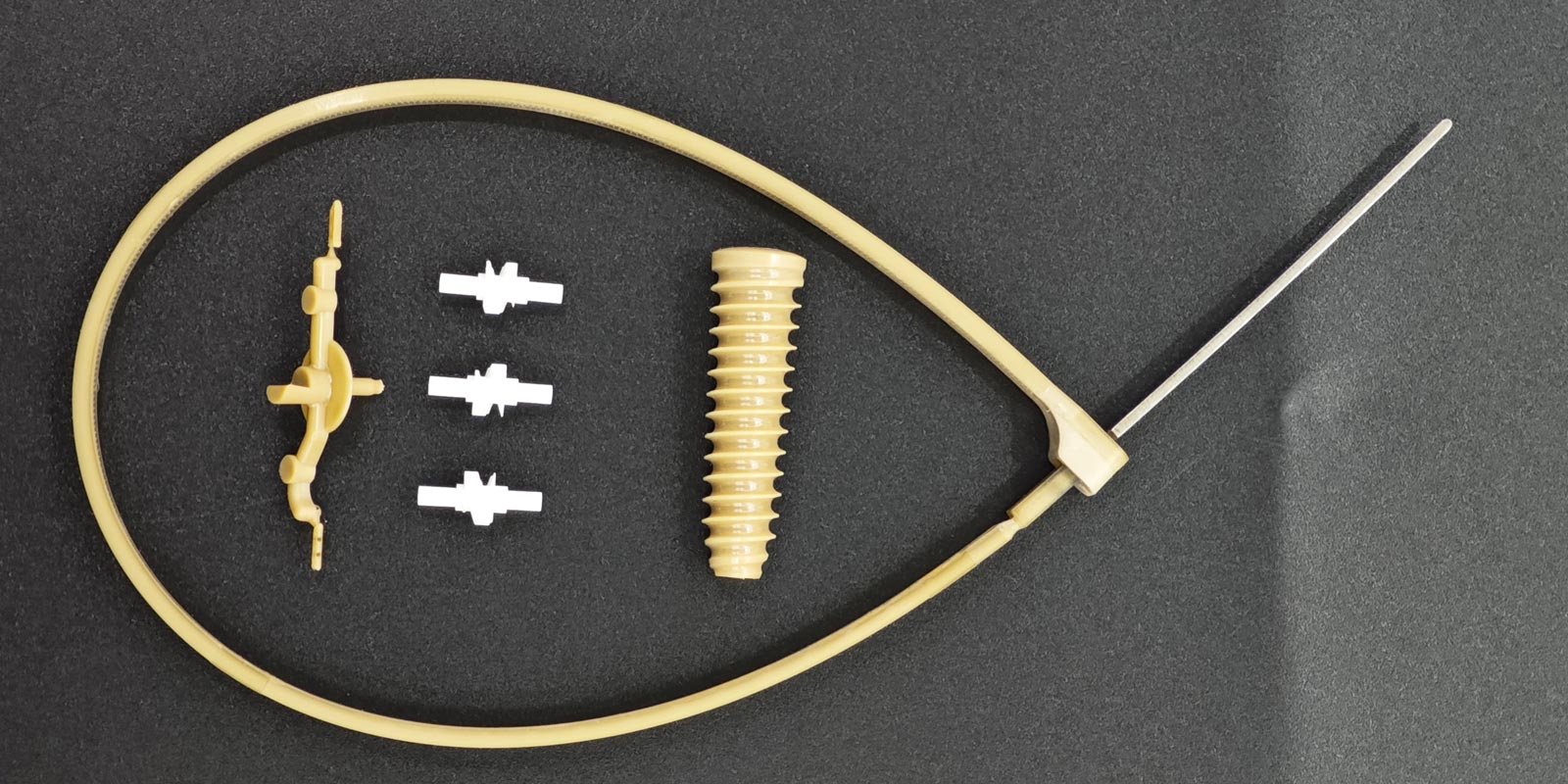
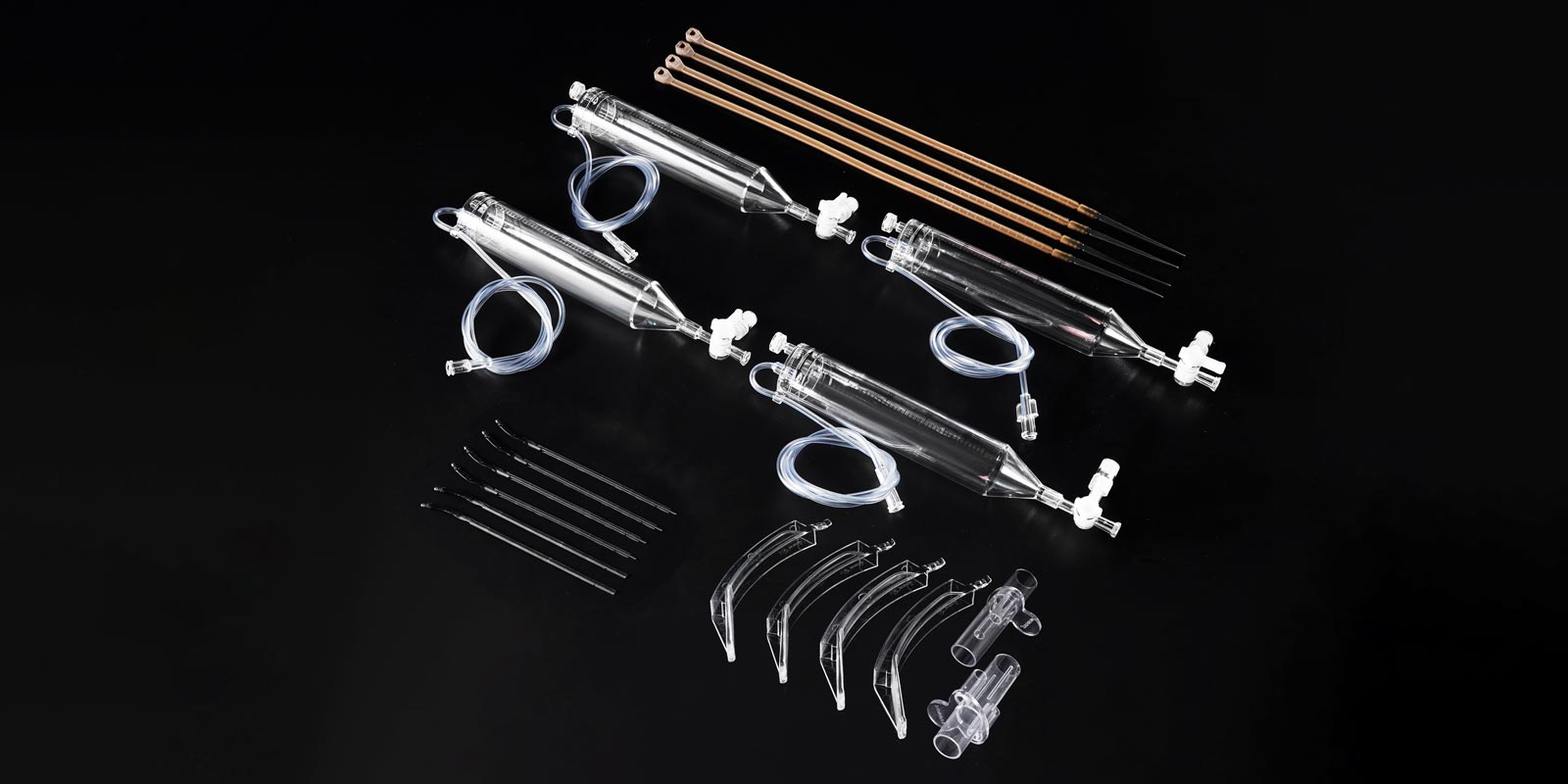
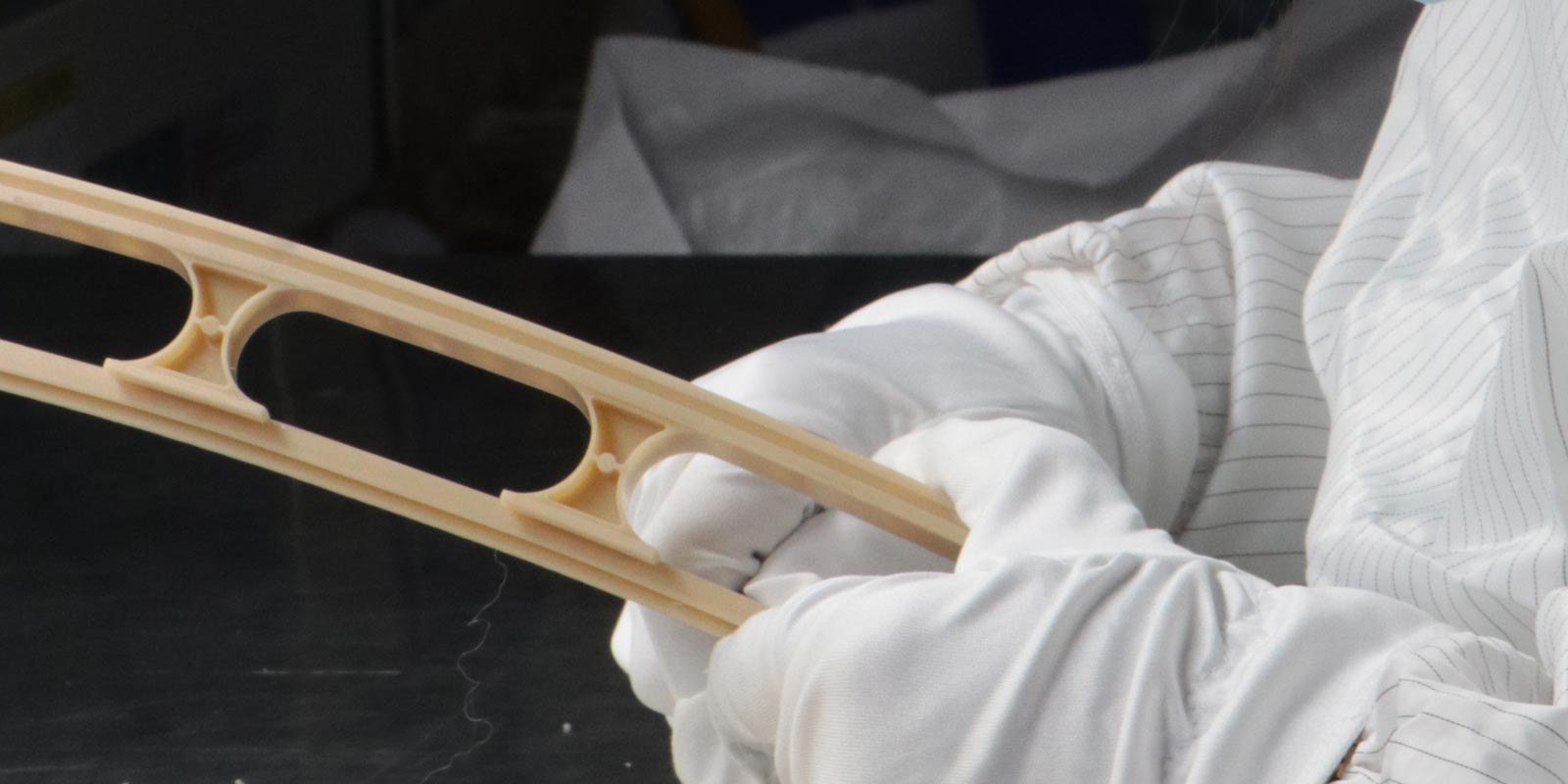
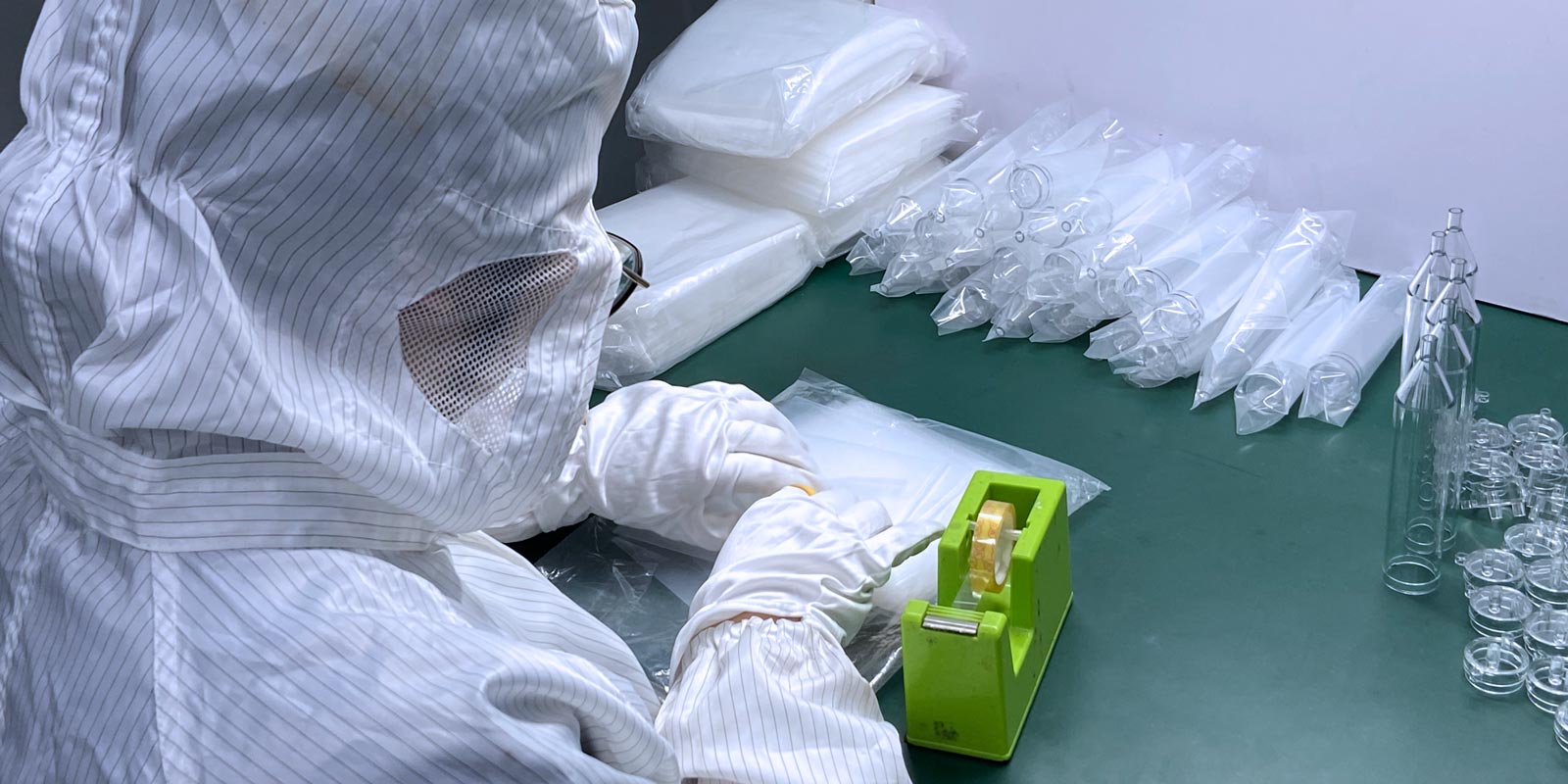
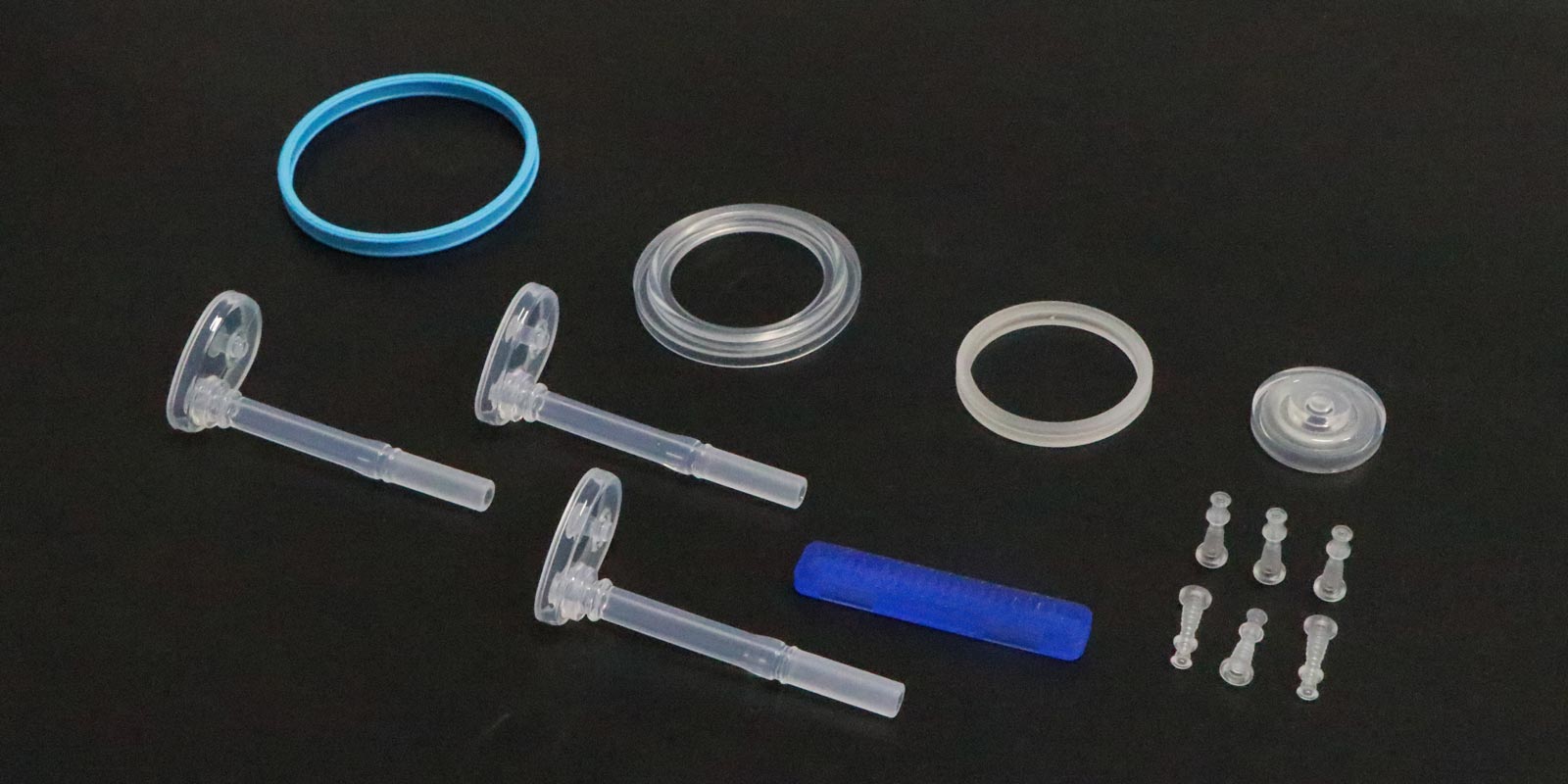











 Home
Home